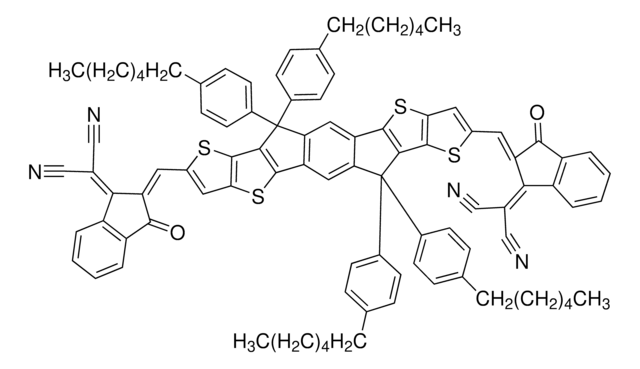716006
6,13-Bis(triisopropylsilylethynyl)pentacene
≥99% (HPLC)
Synonym(s):
TIPS pentacene
About This Item
Recommended Products
Assay
≥99% (HPLC)
form
solid
mp
276 °C
solubility
acetone: soluble 0.16 wt. % at 23 °C(lit.)
anisole: soluble 2.03 wt. % at 23 °C(lit.)
n-butylbenzene: soluble 3.43 wt. % at 23 °C(lit.)
toluene: soluble 6.57 wt. % at 23 °C(lit.)
density
1.104 g/cm3 at 25 °C
SMILES string
CC(C)[Si](C#Cc1c2cc3ccccc3cc2c(C#C[Si](C(C)C)(C(C)C)C(C)C)c4cc5ccccc5cc14)(C(C)C)C(C)C
InChI
1S/C44H54Si2/c1-29(2)45(30(3)4,31(5)6)23-21-39-41-25-35-17-13-15-19-37(35)27-43(41)40(22-24-46(32(7)8,33(9)10)34(11)12)44-28-38-20-16-14-18-36(38)26-42(39)44/h13-20,25-34H,1-12H3
InChI key
FMZQNTNMBORAJM-UHFFFAOYSA-N
General description
Application
Legal Information
Signal Word
Warning
Hazard Statements
Precautionary Statements
Hazard Classifications
Eye Irrit. 2 - Skin Irrit. 2 - STOT SE 3
Target Organs
Respiratory system
Storage Class Code
11 - Combustible Solids
WGK
WGK 3
Flash Point(F)
Not applicable
Flash Point(C)
Not applicable
Certificates of Analysis (COA)
Search for Certificates of Analysis (COA) by entering the products Lot/Batch Number. Lot and Batch Numbers can be found on a product’s label following the words ‘Lot’ or ‘Batch’.
Already Own This Product?
Find documentation for the products that you have recently purchased in the Document Library.
Articles
The conductivity of organic semiconductors can be increased, and the barriers to charge-carrier injection from other materials can be reduced, by the use of highly reducing or oxidizing species to n- or p-dope, respectively, the semiconductor.
Silylethyne-Substituted Pentacenes
Optoelectronic Devices Based on Diketopyrrolopyrrole (DPP)-containing Conjugated Small Molecules
Related Content
Organic electronics utilizes organic conductors and semiconductors for applications in organic photovoltaics, organic light-emitting diodes, and organic field-effect transistors.
Our team of scientists has experience in all areas of research including Life Science, Material Science, Chemical Synthesis, Chromatography, Analytical and many others.
Contact Technical Service
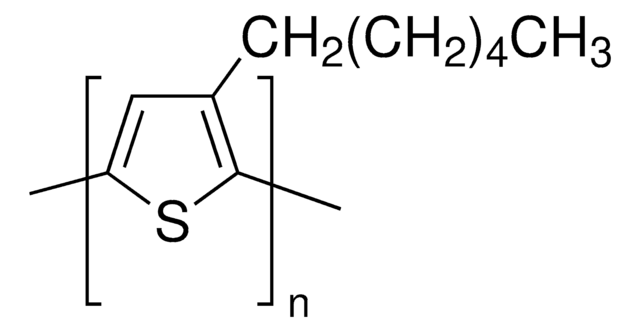
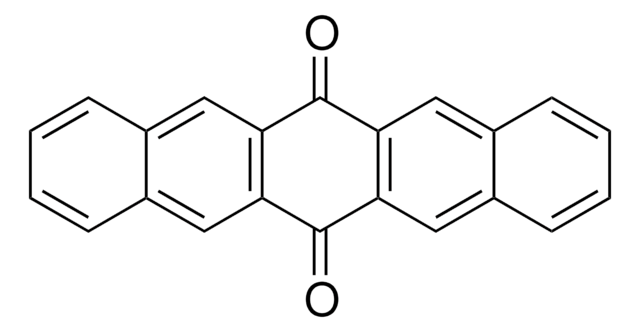
![Benz[b]anthracene 98%](/deepweb/assets/sigmaaldrich/product/structures/197/885/3a015625-5e09-4f15-8b17-4cc285304fc7/640/3a015625-5e09-4f15-8b17-4cc285304fc7.png)
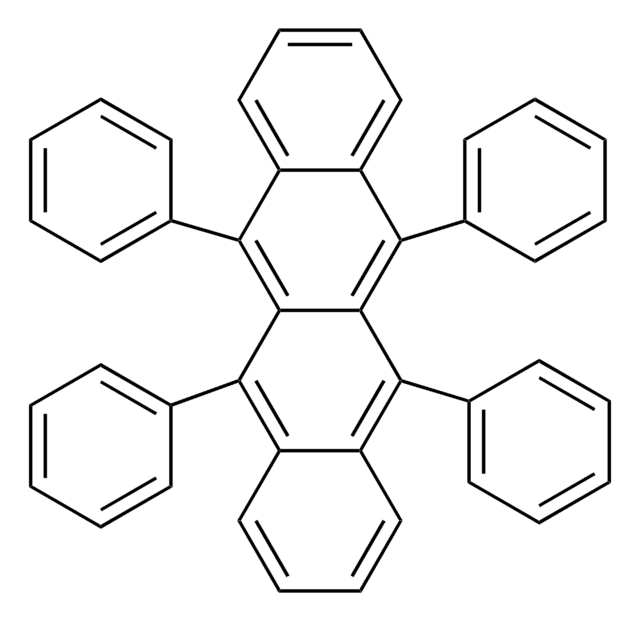

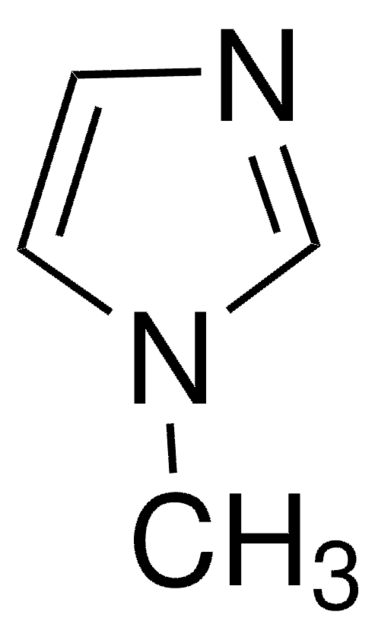
![Dinaphtho[2,3-b:2′,3′-f]thieno[3,2-b]thiophene sublimed grade, 99%](/deepweb/assets/sigmaaldrich/product/structures/196/451/8a650b8e-abbb-4ef1-9be4-73f223165062/640/8a650b8e-abbb-4ef1-9be4-73f223165062.png)
